Skunk spray smells so bad because it consists of a mixture of chemicals containing sulfur (such as thiols), which are notorious for their pungent and nauseating odor, basically like the smell that rotten eggs have.
Many creatures of the animal kingdom are quite popular/notorious among humans for a variety of reasons: lions are known for their loud, thunderous roar, ostriches are known for burying their heads in the sand when they sense danger (which, by the way, is a myth), and skunks are known for their signature stinky spray. This spray is released from a skunk’s anus, and is notorious for its incredibly disgusting odor.
What Kind Of Animal Is A Skunk?
The skunk is a mammal primarily known for secreting a foul, noxious-smelling oily liquid from its anal glands and spraying it from its rear end when it feels threatened.
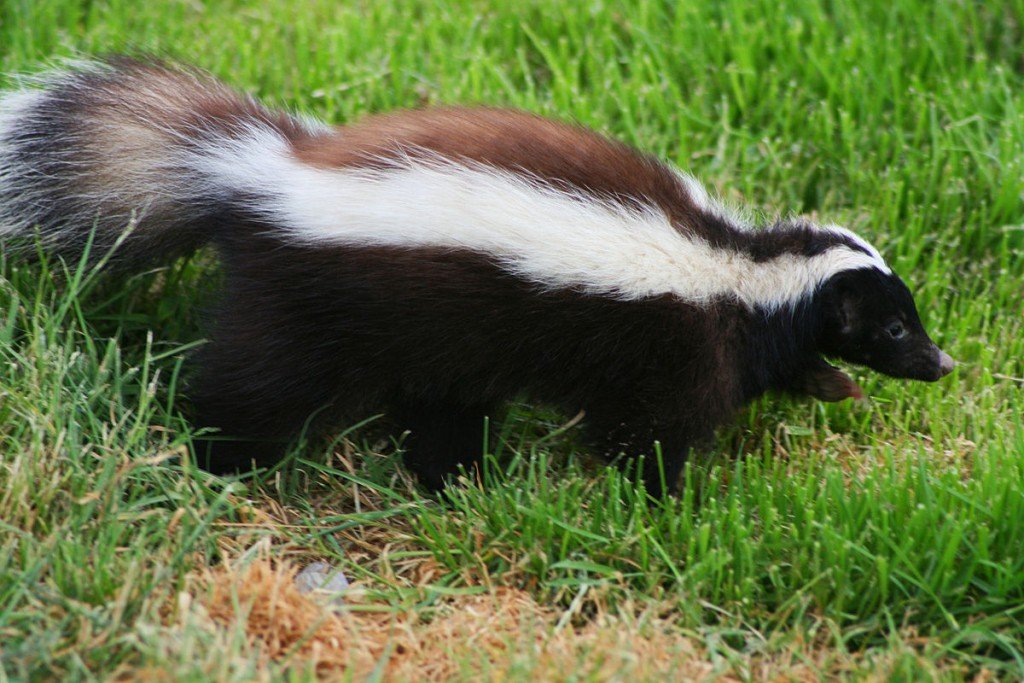
Also known as polecats, skunks are classified in the Mephitidae family (or ‘skunk family’), which is in the order Carnivora. There are 12 known species of mephitids, most of which are found in the Western hemisphere (especially in the Americas).
Skunks come in a variety of sizes; they range from 15 to 37 inches long, 15 to 28 inches tall, and weigh between 0.5 and 8.2 kilograms (1.1-18 lbs). Their bodies are moderately elongated and consist of well-muscled legs. Skunks usually have long front claws that help them to dig.
Also Read: What Are Pheromones And Why Do Animals Use Them?
What Do Skunks Eat?
Skunks are omnivorous, which means that they eat both plant and animal material. Skunks commonly feed on roots, berries, grasses, fungi, nuts and leaves.
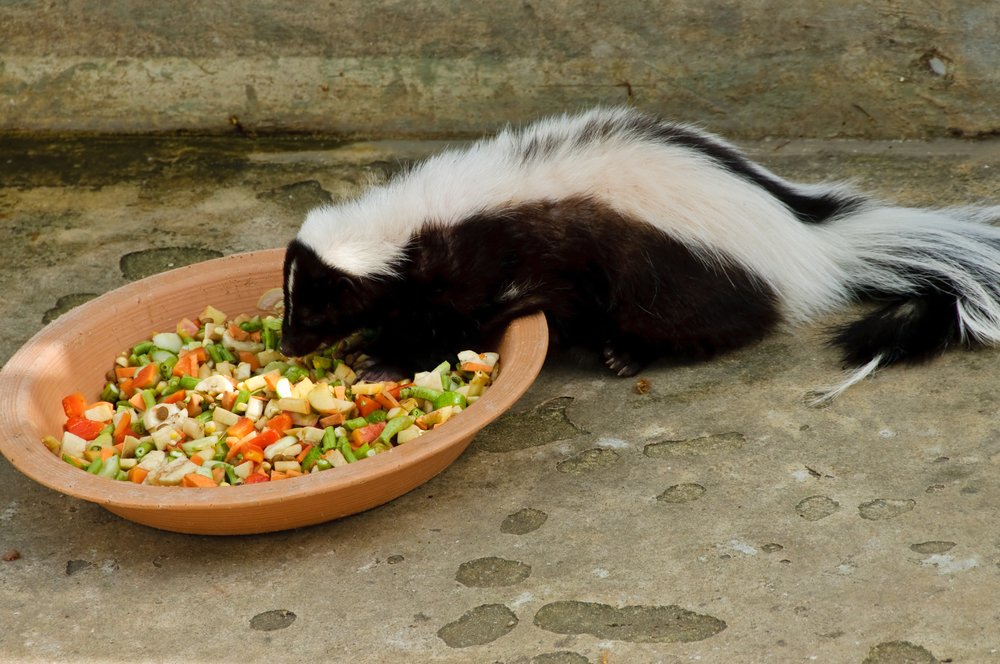
Skunks also commonly eat larvae, insects, grubs, earthworms, rodents and lizards. They are even known to feed on frogs, salamanders, snakes, moles, eggs and birds from time to time.
Where Do Skunks Live?
Skunks generally live in natural environments, such as woodlands, forest edges, grasslands and deserts, i.e., locations that have no dearth of ‘hiding spots’. However, skunks also thrive in urban areas, and can therefore be found in abandoned structures, hollow logs and beneath large rocks.
From a broader perspective, skunks are primarily found on the American continent, i.e., the United States, Canada, South America and Mexico. Another member of the skunk family, the stink badger, is mostly found in the Philippines and Indonesia.
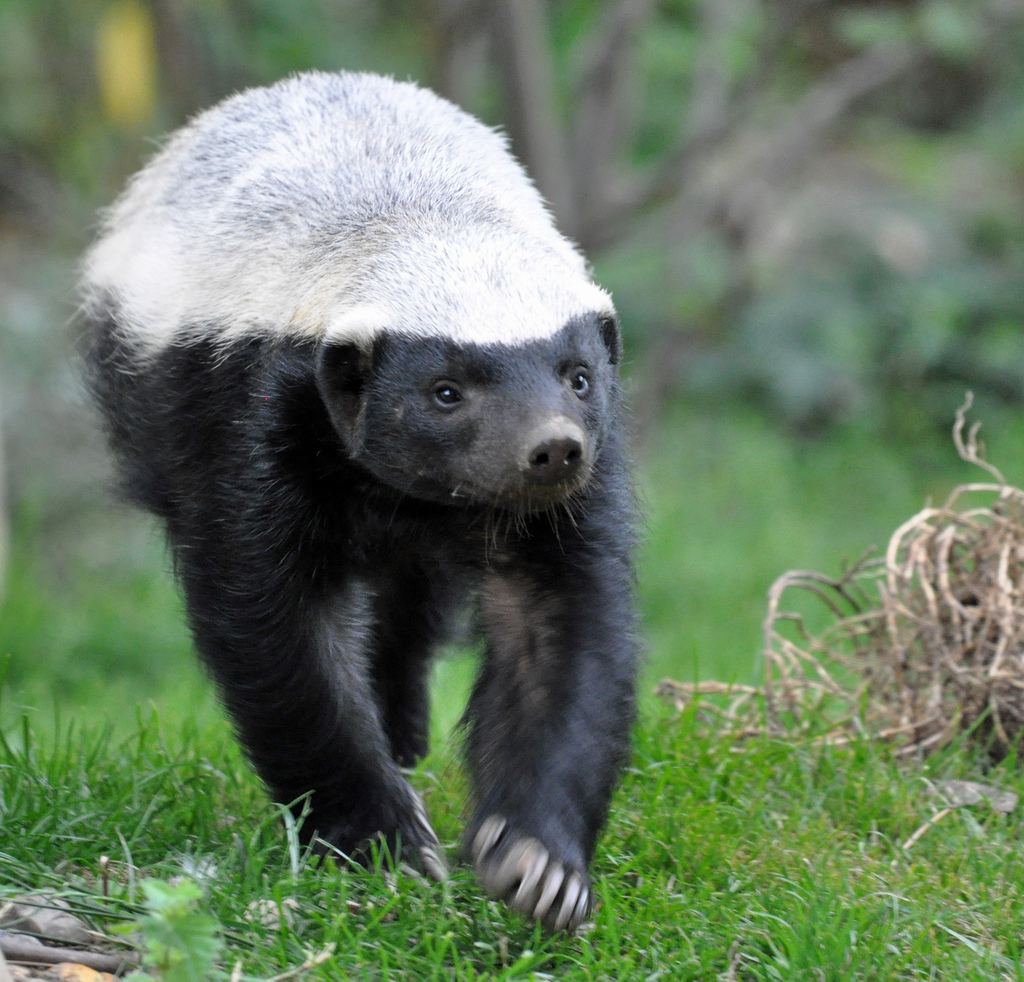
The Skunk Spray
Skunks are most commonly known for their ‘spray’ – an oily liquid they releases from their rear end when they feel threatened.
There are two walnut-sized anal glands beneath a skunk’s tail. These glands secrete a foul-smelling liquid and the muscles around the glands help the skunk project the spray quickly and with incredible accuracy at its target.
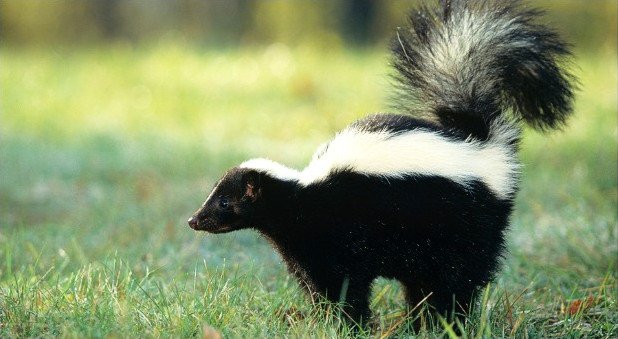
Why Does The Skunk Spray Smell So Pungent?
The foul odor of the skunk spray can be attributed to the constituents of the liquid that is sprayed. The oily liquid consists of 7 major volatile organic components, which can be further divided into two groups of compounds: thiols and acetate derivatives of thiols.
The compounds that contribute the most to the strong, pungent odor of skunk spray are (E )-2-butene-1-thiol and 3-methyl-1-butanethiol. There’s a third thiol as well, but it does not contribute towards the odor as much as the other two compounds, due to its low volatility and the fact that human olfactory receptors are not triggered by such large thiols (Source).
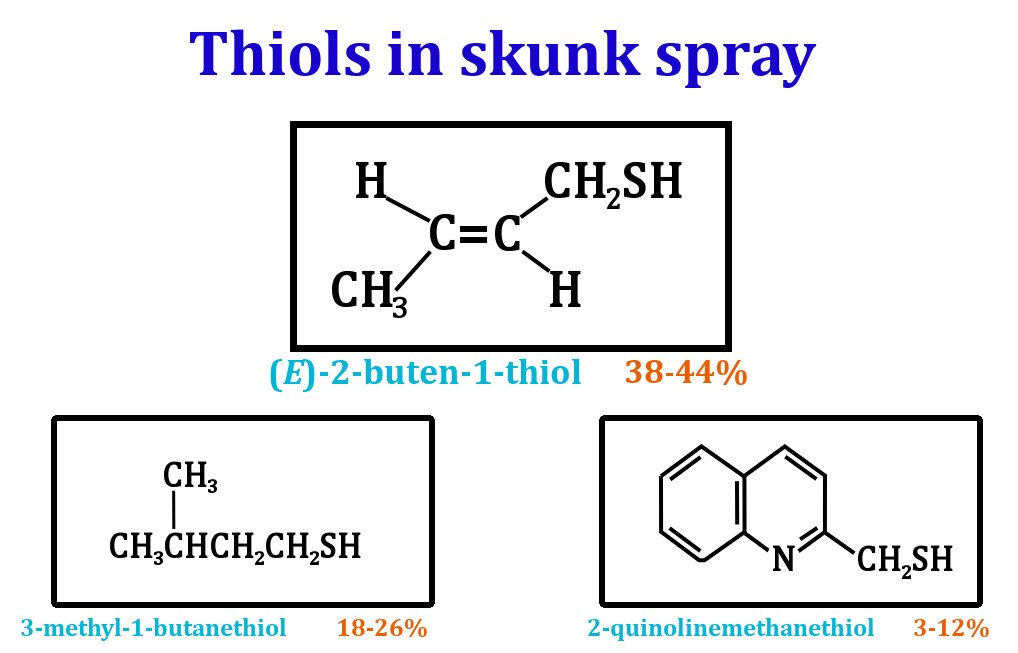
Also Read: Why Does The Smell Of Some Food Linger On The Skin?
How To Get Rid Of Skunk Smell?
The combination of baking soda and hydrogen peroxide is a very good strategy to get rid of the skunk smell on dogs, cats or other household pets.
Just make a mixture of 1 quart of 3% hydrogen peroxide, 1/4 cup of baking soda (sodium bicarbonate) and a teaspoon of liquid detergent. Apply it on the animal and rinse it off with water after 5 minutes.
Since the ‘skunk smell’ is caused by the thiols present in the spray, it can easily be taken care of by converting those thiols into compounds that have little or no odor. Thiols can be easily oxidized to form sulfonic acids, which makes oxidizing agents, like hydrogen peroxide and baking soda, quite popular options.
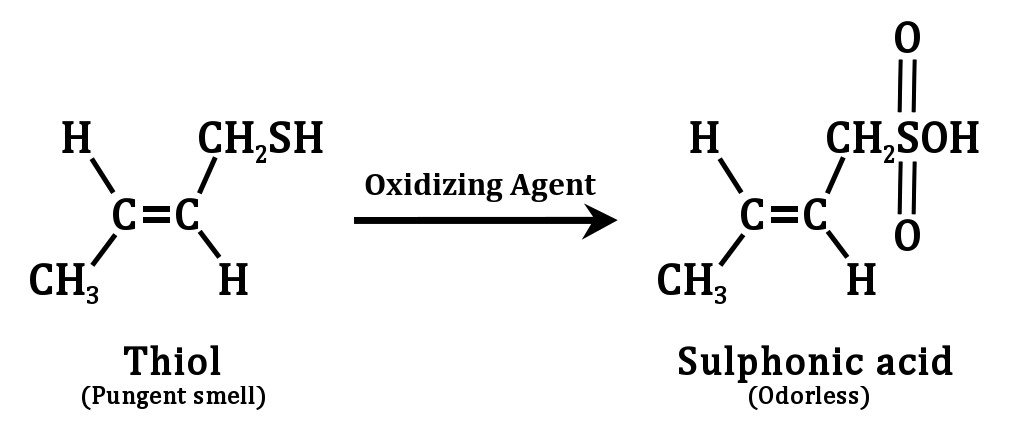
Both of the aforementioned oxidizing agents are very effective, and also mild enough to be used on pets. However, they may change the hair color of your pets!
Getting rid of the skunk smell in your house (non-living objects) is even simpler and cheaper. Sodium hypochlorite solutions (liquid laundry bleach) are quite an effective and inexpensive option. Note that using this solution may bleach the floors, so it’s advised to use it on a small area first.
How well do you understand the article above!

